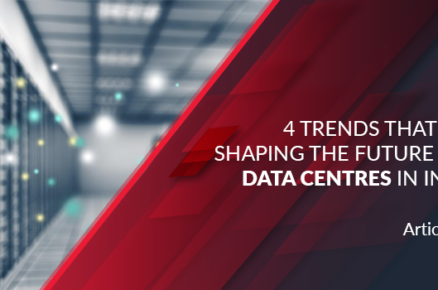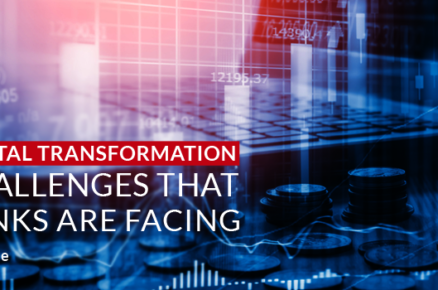“Data centre complexity is growing, as are talent shortages, security threats, government oversight, and the effects of climate change,” says Rhonda Ascierto, vice president research with Uptime Institute. “These are all areas that we advise data centre owners and operators watch closely.”
Not too far back in time from being a niche real estate business, data centres are quickly making a foray into the mainstream, pushed by the rapidly changing needs of businesses large and small, the exponential growth of connected devices and an ever-increasing daily volume of data moving across the internet. According to the World Economic Forum, this data includes 500 million tweets, 294 billion emails, 4 petabytes of Facebook data, 65 billion messages sent on WhatsApp, and 5 billion internet searches. By 2025, it is estimated that there will be 463 Exabyte (40,000,000,000,000,000,000,000 bytes) of data produced daily – that’s the equivalent of 212,765,957 DVDs per day.
Where will all this data go?
A recent Development magazine article, data centre developers want to locate new facilities near subsea cable landing stations and key internet exchange points such as Northern Virginia, New York, Northern California, Dallas and Chicago.
While that being said, on the other side of the horizon, data centres are also moving toward the “edge,” that is, locations which are at a distance from any point of crossroads of cable landings and internet exchange points — a key trend to watch in 2020. Edge computing brings data processing and storage closer to a growing universe of sensors and devices that collect the data. The primary use for edge computing is collecting and storing data from the internet of things (IoT), which is expected to reach 75.44 billion devices by 2025. On the other hand commercial real estate industry uses data gathered by IoT-connected sensors to track tenant movement in buildings, energy use and much more. For example, a hospital may track the use of its hand-washing stations so that it can defend itself in a malpractice lawsuit months later. That’s useful data, but it needs to be collected, stored, and found again when needed.
Other data centre trends to watch out for in 2020
Lower Average Asking Rentals
The data centre rental rates will get even more competitive and that is lowering average asking rental rates in many markets, according to a recent CBRE report. In the first half of 2019, 200 megawatts of new capacity was delivered. More than 411 MW of capacity is under construction and expected to be delivered in the short term, the reported noted.
Growth in Acquisitions
There is a boom to acquire data centres. Fifty-two data centre acquisitions closed during the first half of 2019, up 18% over 2018, according to CRN, a website focused on the information technology industry. Businesses are becoming keystone in driving the trend as they continue to shift workloads to co-location facilities and cloud providers. Moving to the cloud saves companies money and frees up internal resources that can be put to even more economically viable usage.
Cloud –Double in 4 years
Cloud-associated markets are growing at rates ranging from 10% to well over 40%. The cloud will double in under four years and give way to an era of Hyper-scale data centres. The construction of hyper-scale data centres — defined by market intelligence firm International Data Corporation as those with more than 5,000 servers — passed the 500 mark in the third quarter of 2019.At the prevalent speed of development, it is taking just two years to build 100 of these massive server farms, and the rate of development is only speeding up. This marks a dramatic increase from the 390 hyper-scale data centres that Synergy Research Group tracked at the end of 2017.
Sharing is caring
The dominant players in the cloud market currently being, Amazon Web Services, Google, Microsoft and Alibaba. All of these are the single-tenant facilities, that is dedicated cloud space. There is a growing market and rich opportunity in the multitenant or retail facility known as the co-location data centre. These facilities house many companies that each may only need one or two server racks thereby saving valuable capital expenses.
The Birth of the Hybrid-The Dawn of a Flexible Era
Hybrid data centres will drive the industry to a new, flexible era, according to Align Communications as the hybrid data centre provides a combination of access to private cloud and public cloud services.
In Conclusion
We don’t need an expert to see that by the end of 2020 nearly 90% of all data centre traffic will be targeted to the cloud. This will be in the form of a combination of private, public, and hybrid clouds and will be partly due to the continued growth in the services like AWS, Google Cloud Platform, and Azure, and the subsequent use of those platforms for container clusters serving up apps and services. With more social networking services such as Facebook, Twitter, and Instagram leaning heavily on the cloud, you don’t need a soothsayer to conclude that the year of 2020 could easily become the year of the union of the network and the cloud, to be named as the Year of the Cloud!












